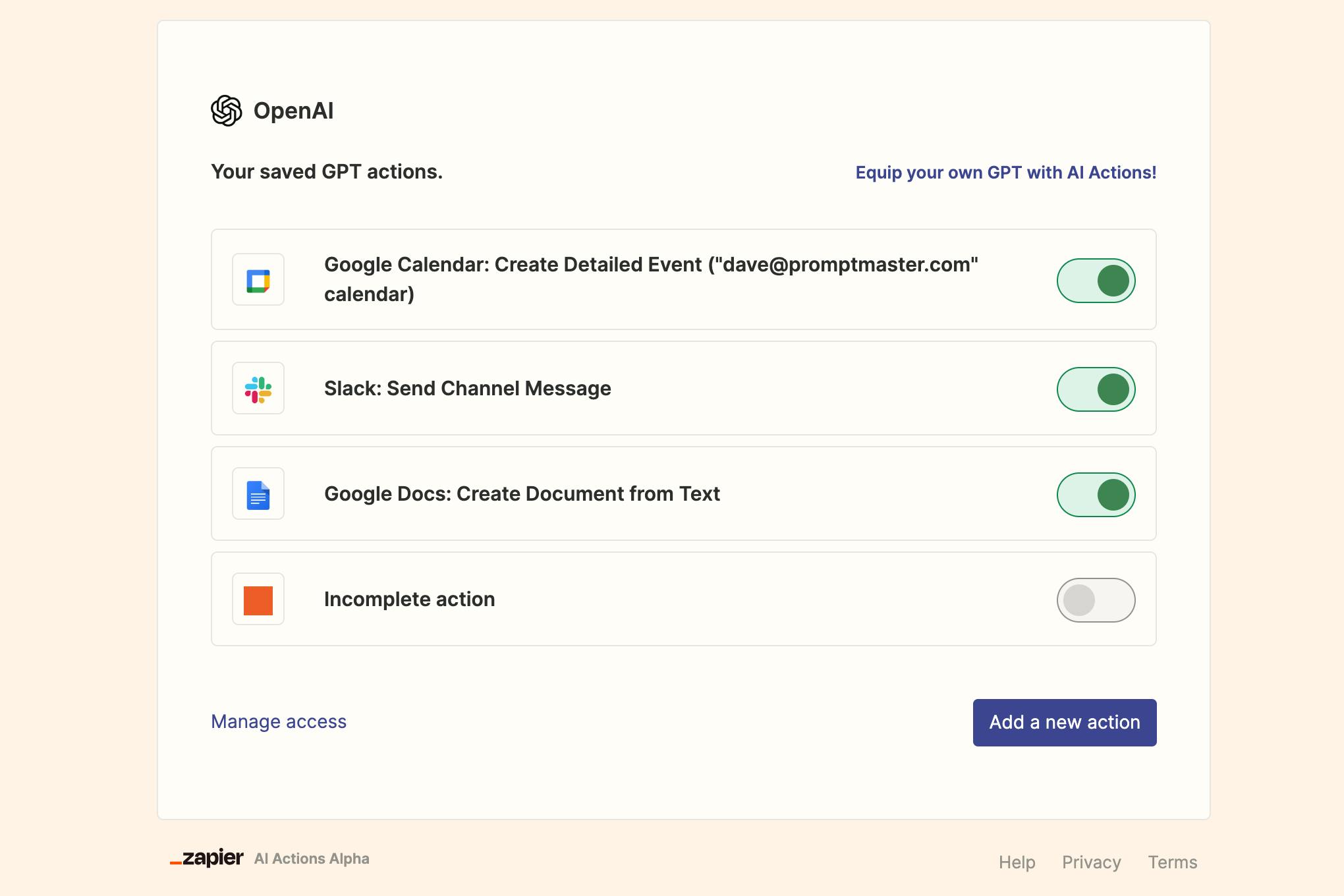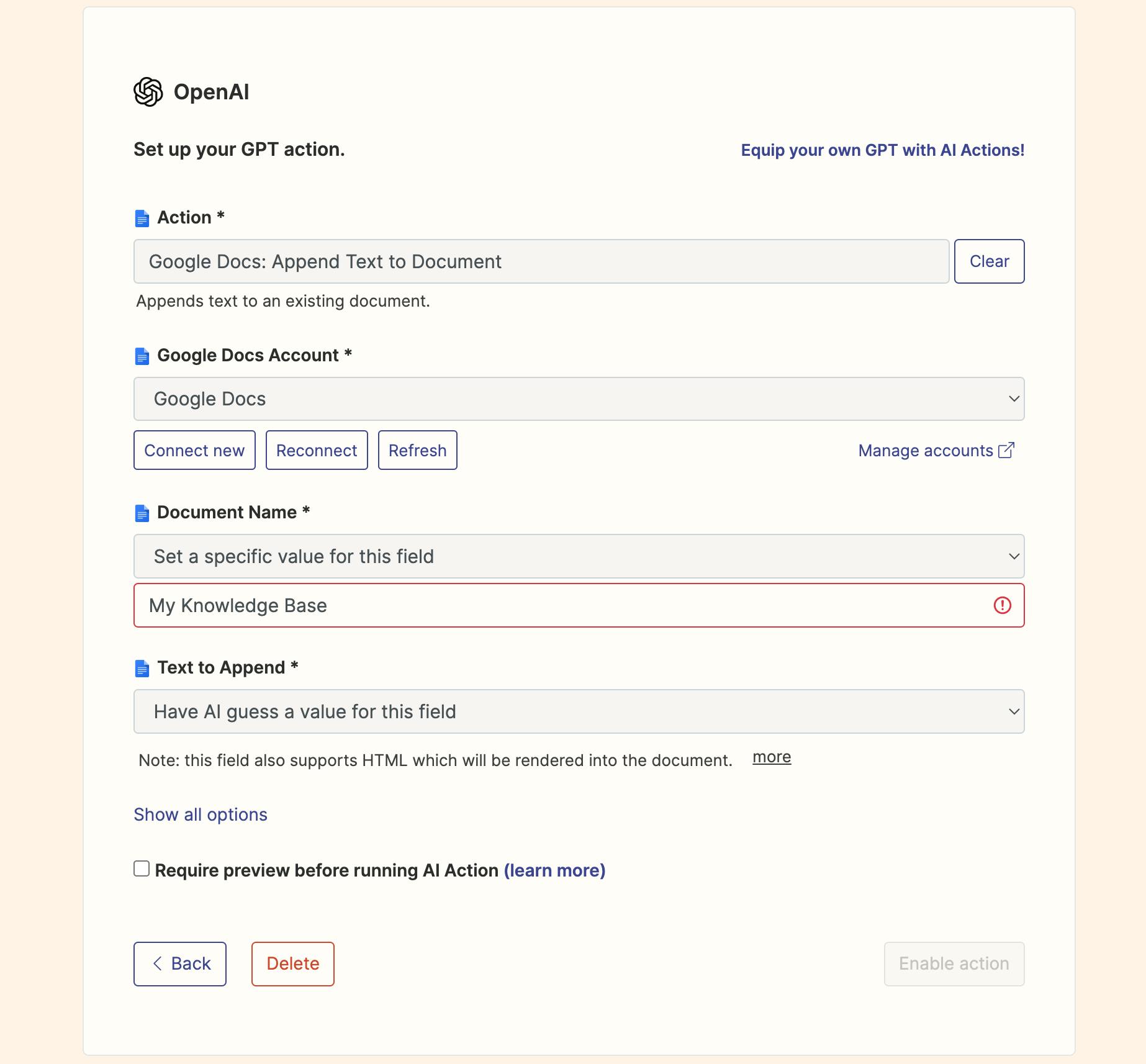I've just seen Marques Brownlee's video on YouTube about the Humane AI Pin. In it, he says it's the worst product he has ever reviewed...
Now, I don't want to get into the whether he "killed the company with a bad review" or "is it just a bad product" kind of argument here.
It's not the point of this newsletter (btw, if you have a better idea on what to call this regular mail, please reply and let me know).
The point is to always give you something you can learn from, so in this one, I'll show you how to recreate your own Humane pin for free.
Well, not free, (sorry for the clickbait) you'll need a few tools, but chances are you already use them or pay for them, so it's not going to be extra cost.
So basically the Humane Pin is a voice based AI assistant.
Technically it is a multimodal phone without a display. The core functions are making calls, sending messages, live translation, note taking/reminders, and asking AI about stuff.
I'm sure it's useful for other things too, I don't have it and haven't tried it, so I'm only going off on limited information I read online.
But the thing is that it doesn't matter what it does.
What matters is what you want it to do, because the person who knows your needs the most is you, not product designers in Silicon Valley.
So let's begin there. I'm sure you already use Siri or Alexa to do basic voice based things: set a timer, set an alarm, turn the lights on/off, or change their colors (IYKYK), call someone (if their name is easy to pronounce in English), read/send messages and emails, get directions, search the web for information, etc.
What seems to be missing from Siri or Alexa is the personalization, the memory and the integration into other platforms you use daily. So let's tackle these 3 things.
Step 1: Personalization
Now before we really get into it, I want to give an overall view of what we can build with the technology today.
We're going to make a Custom GPT that knows about you (because you will prompt it that way) is integrated into some of your other software, so it can schedule events, invite people, etc. and has an up-to-date knowledge.
Then we're going to initiate a voice conversation with this GPT. Unfortunately there is currently no way to instantly initiate a voice conversation with a custom GPT, only the basic ChatGPT within the ChatGPT iOS app.
So in another mail, I'll show you how to set up a Siri shortcut that sends a webhook to Make that starts the conversation with multiple Assistant APIs.
For now, let's keep it simple, and slightly manual.
So go ahead and create a new Custom GPT with a personal instructions, like:
Act as Dave's personal assistant GPT. Respond briefly to each request and trigger the appropriate Zapier action, defined below, if needed.
Here's what you should know about Dave: [details here].
Name it something easy, and pin it to the top of your other GPTs.
Step 2: Zapier AI Actions
Now next is to integrate Zapier into the Custom GPT, you can find it at the bottom of the configure tab.
Zapier made it easy for us to set this up and configure actions. I've already recorded a video about how to do this for our Prompt Engineering course, but it's in Hungarian. Once I have the English version, I'll share it with you.
For now, just go to Zapier's AI Actions page, and follow the steps to integrate into your GPT: https://actions.zapier.com/docs/platform/gpt
Once you're done, you will see this page, where you can configure any action Zapier has pre-configured.

So let's say you want to configure it to have the ability to make new events for you or to modify events in your calendar.
For most fields, you can select "have AI guess this field", which makes use of GPT.

So whatever YOU want this GPT to do, you can set it to do, without writing any code. Don't forget that you'll also need to update the GPT instructions for each new function.
I'll share more tutorials on specific examples later on. This is just a top level overview.
Step 3: Ongoing Memory
A key thing is to give an ongoing memory to this GPT. This will make it truly feel like it's an AI that learns about you.
You can either do it manually, by configuring a new action that APPENDS new text to the end of a pre-defined Google Document, and then manually export that to PDF and upload to the GPT knowledge base every once in a while,
OR,
you can use a solution like Keymate to integrate their API into your GPT, and use the Keymate commands to update your knowledge base.
Here is a guide on how to do that: https://www.keymate.ai/gpts/
Once you have these set up, you can use natural language to direct the GPT to do things for you.
Which is where this whole technology got its name from: "Natural Language Processing."
Step +1: Build your own AI app
After a while you'll start to see the limitations of the GPTs, and that is when you have to turn towards making Make automations.
This can also make the entire process voice based, so you can use your voice to trigger a Siri Shortcut, which starts a voice recording, and once you stop talking, sends the audio to Make via a webhook.
This event triggers the Make scenario to run and do whatever kind of processing you set up beforehand, and then sends you an audio back saying the response, error message or whatever.
And this is the key in my opinion, this way, you can set up this automation to do ANYTHING you want, and adding new features only requires to add a few modules and set them up.
If you want to become a person, who can do these things, begin by taking our 2024 Prompt Engineering course, where you'll learn not just prompt engineering, but also configuring custom GPTs, and creating AI automations as well, with unlimited DM support + lifetime community access.
The price goes up soon, so click here, and join the pre-order today!
I can't wait to teach you everything we know!
Best,
Dave Talas
.png)


